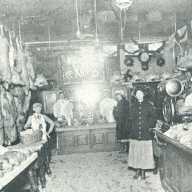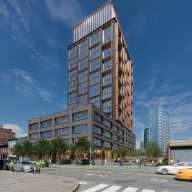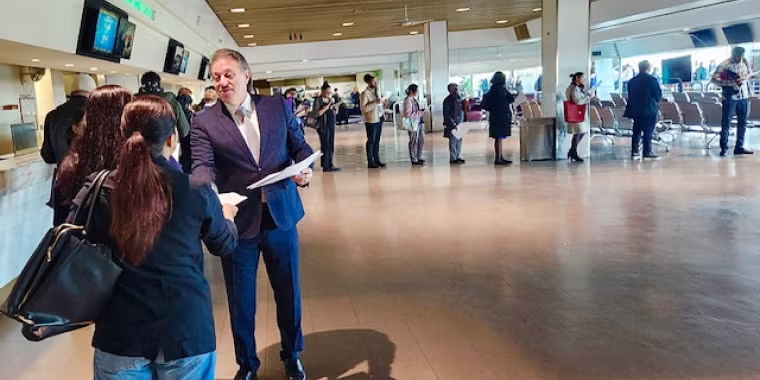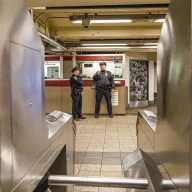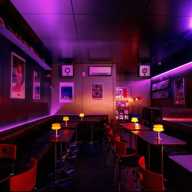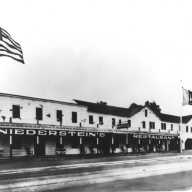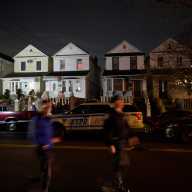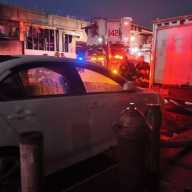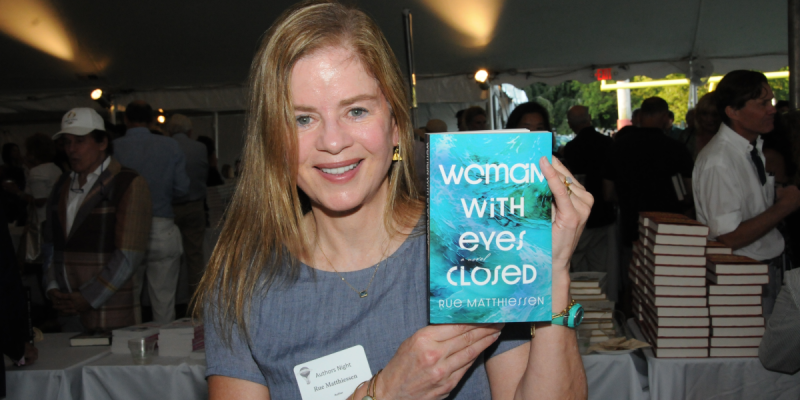The New York Mets will say goodbye to Shea Stadium at the end of the 2008 season, and during their home games next year, they’ll honor their longtime home right on their uniforms.
On Tuesday, November 27, the club revealed the commemorative logo celebrating the 45-season history of “the big Shea,” that brought National League baseball back to New York City, five years after the Brooklyn Dodgers and New York Giants abandoned Gotham for sunny California.
Mets players will wear this logo as a patch on the right sleeve of their home uniforms, and the ballclub will use it on schedules, tickets, yearbooks, magazines and other promotional materials.
The logo features a side-by-side rendering of Shea’s original and current exterior, set against a backdrop of the Manhattan skyline. In an exercise of artistic license, Manhattan has been moved to Flushing, which lies to the east of the stadium.
This logo patch will join 10 earlier commemorative insignia for the team, beginning with a World’s Fair patch in 1964 and 1965 and including Baseball’s Centennial in 1969, the U.S. Bicentennial in 1976 and the 50th Anniversary of Jackie Robinson’s breaking Baseball’s color barrier in 1997, as collectables.
From the very first pitch, a strike thrown by then-Auburndale resident Jack Fisher and the first homerun - surrendered by Fisher to Willie Stargell just an inning later, Shea Stadium has been a Queens icon.
Opened in 1964 as home to both the Mets and the New York Jets, it was the scene of such memorable events as the Beatles’ historic open-air rock concert in 1965, the “miracle” run from nowhere to a World Series championship in 1969 and the brink-of-elimination win in Game 6 and defeat of the Boston Red Sox for the World Championship in 1986.
Through the highs and the lows, like the Mets colossal 2007 pennant race meltdown, the fans have stood by their team, and their park.
Built in time for the New York World’s Fair, it was named for William A. Shea, an appointee of then-Mayor Robert Wagner, who more than anyone was responsible for bringing a Major League team to Queens.
For two years before that, the New York Mets played their games at Manhattan’s Polo Grounds - former home of the New York Giants before their move to the west coast. Oddly enough, their cross-town rivals, the Yankees, also played there for several years until their fabled stadium was completed in 1923.









